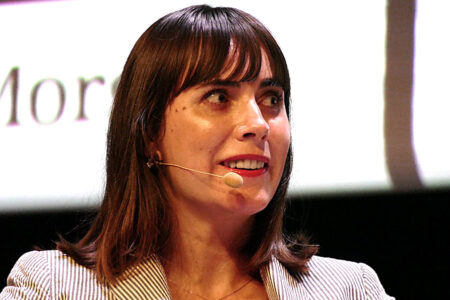The future of the request for quote (RFQ) protocol was being challenged both on and off stage at the Fixed Income Leaders’ Summit in Nice this week. Off stage, concerns were being raised about the ‘Call for Evidence (CFE) On Pre-hedging’ issued on 29 July 2022, by the European Securities and Market Authority (ESMA).
The regulatory body is gathering evidence on whether an RFQ can be considered “as inside information, pursuant to the general definition of inside information contained in Article 7(1)(a) of the Market Abuse Regulation (MAR)”.
Pre-hedging consists of trading activity that is: dealing on own account; to mitigate an inventory risk which is foreseen due to a possible incoming transaction with a client and; undertaken before the order has been confirmed by the client or a foreseeable transaction has been executed.
Article 7(1)(a) of MAR identifies inside information as any information, which has not been made public, which is of a precise nature, relates, directly or indirectly, to one or more issuers or to one or more financial instruments, and which, if it were made public, would be likely to have a significant effect on the prices of those financial instruments or on the price of related derivative financial instruments
While the paper acknowledged that, “Pre-hedging is a frequent practice in financial markets that is not banned in other jurisdictions, provided that certain requirements are met,” it has reported concerns about RFQs, specifically whether “a foreseeable transaction in a specific instrument could qualify as an event specific enough to enable a conclusion to be drawn on its effect on the prices of the financial instrument concerned… ESMA notes that, once an RFQ is submitted by a client, there is a reasonable expectation regarding the transaction the client is seeking to conclude. In particular, preciseness seems apparent in the case of directional RFQs, where the intention to buy or sell the financial instrument is clear and the relevant effect on the price of the instrument is predictable.”
Market sources have noted that could potentially become a serious issue, given the importance of the RFQ as a trading protocol, but some sources are baffled as to why RFQs would be considered worth challenging on this basis and not, for example, phone calls between a client and three brokers that release the same amount of information.
While ESMA will consider the responses it receives to the CFE and then decide on the way forward, on stage at FILS, speakers pushed back at the idea that the RFQ was dead from a trading perspective. Yet they did acknowledge the increasing value found amongst other trading protocols was adding significant value to buy-side trading desks.

Juan Landazabal, Global Head of Investment Platform GAM International Management, says, “RFQ is a protocol that has served the market well, and will continue to serve the market. If we look at the limitations, I would say they are size [of order], information leakage, and it is a time consuming protocol if you have a lot of trades to do.”
Deciding on the value of a trading protocol varies hugely according to a range of considerations in including market activity, time of day, and dealer activity which meant there was no simple assessment of one protocol to another, noted Christie Goncalves, senior trader and portfolio manager at Vanguard.

“It’s important to note that best price is not always best execution,” she said.

This meant that building multiple trading protocols would continue to be invaluable , added Chioma Okoye, managing director, European institutional credit at Tradeweb.
“The reality is, [RFQ] is still the dominant way in which fixed income is executed electronically,” she said. “And it needs to be improved upon, not entirely done away with. Starting from that perspective, we are finding, traders are embracing automation more and more as a way to level up and improve on their ability to, to interact with these markets.”

The key to supporting changes in trading behaviour, including moving beyond RFQs, would be to support a feedback loop through the support of execution outcomes with data being fed back to the traders said Gareth Coltman, global head of automation at MarketAxess.
“Until we as an industry can help buy side clearly quantify what the cost benefit of doing one thing versus another is, then the natural behaviour is going to be just to carry on doing the same thing that has always been always done before,” he said.
©Markets Media Europe 2022
©Markets Media Europe 2025













